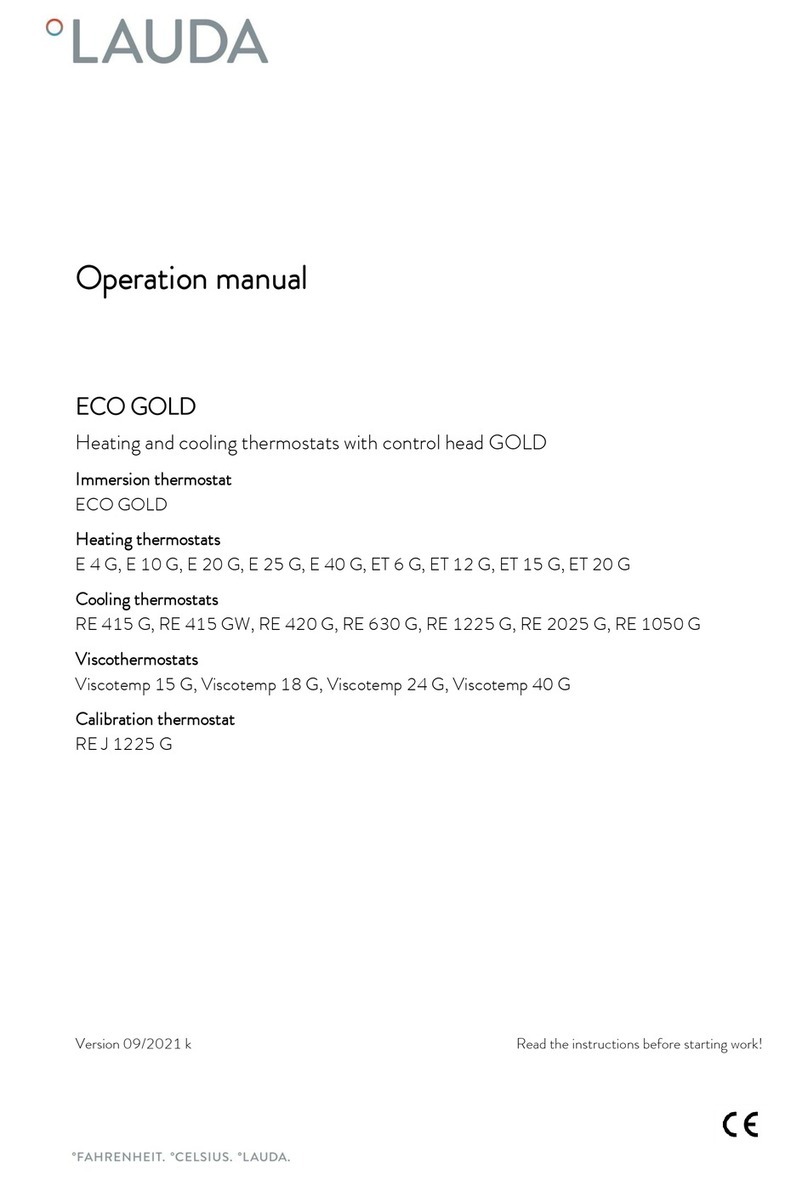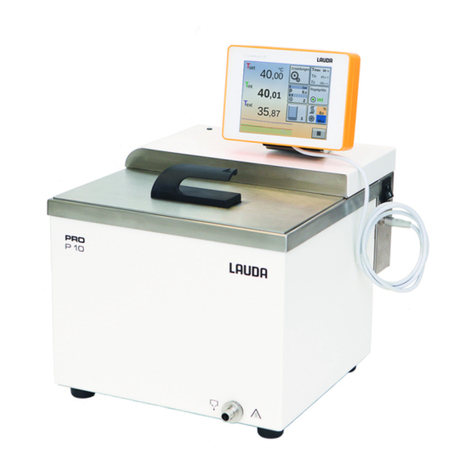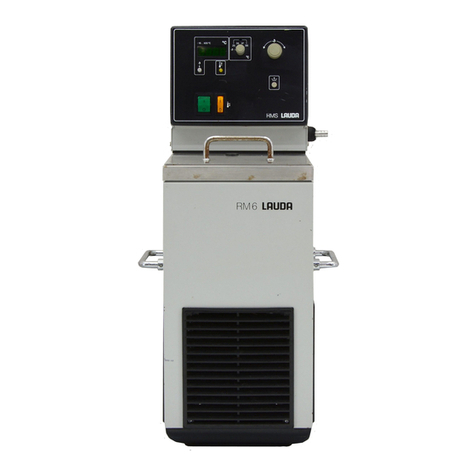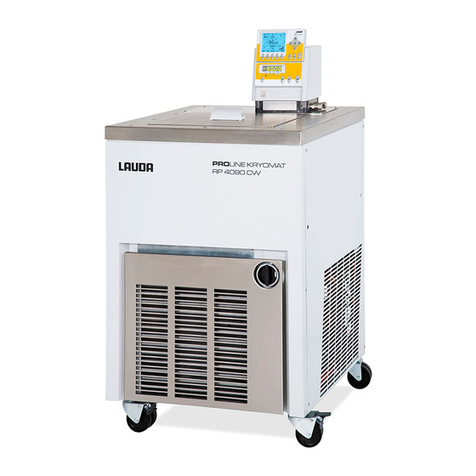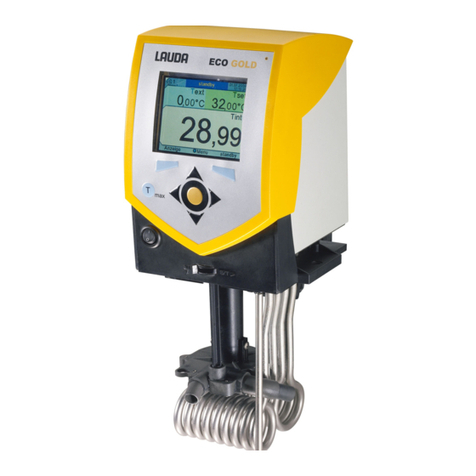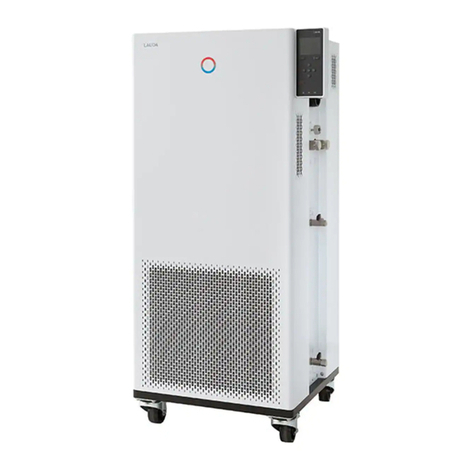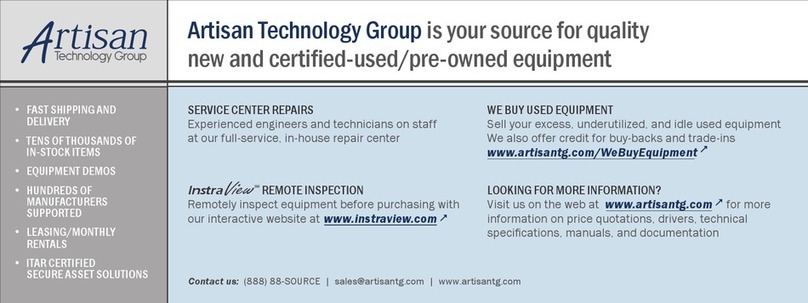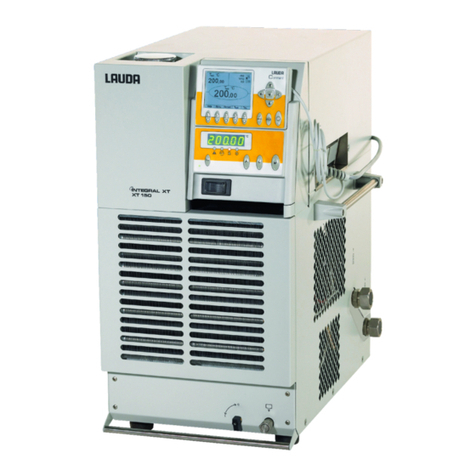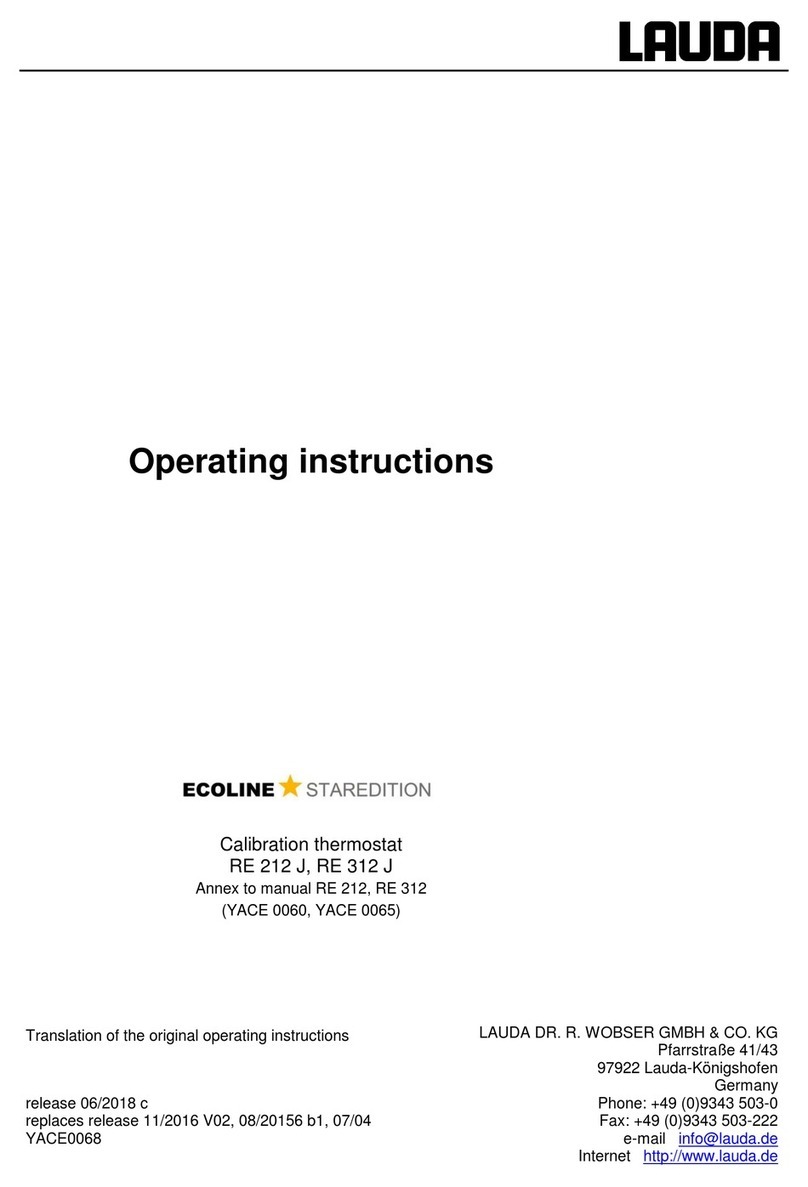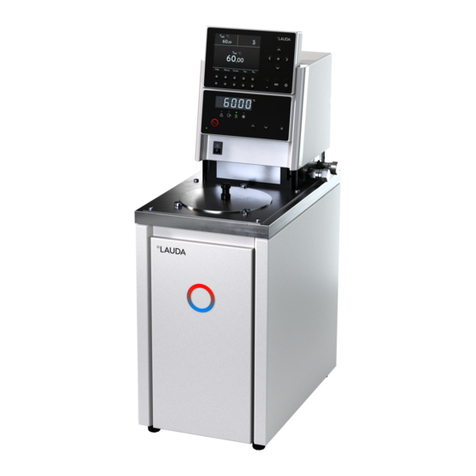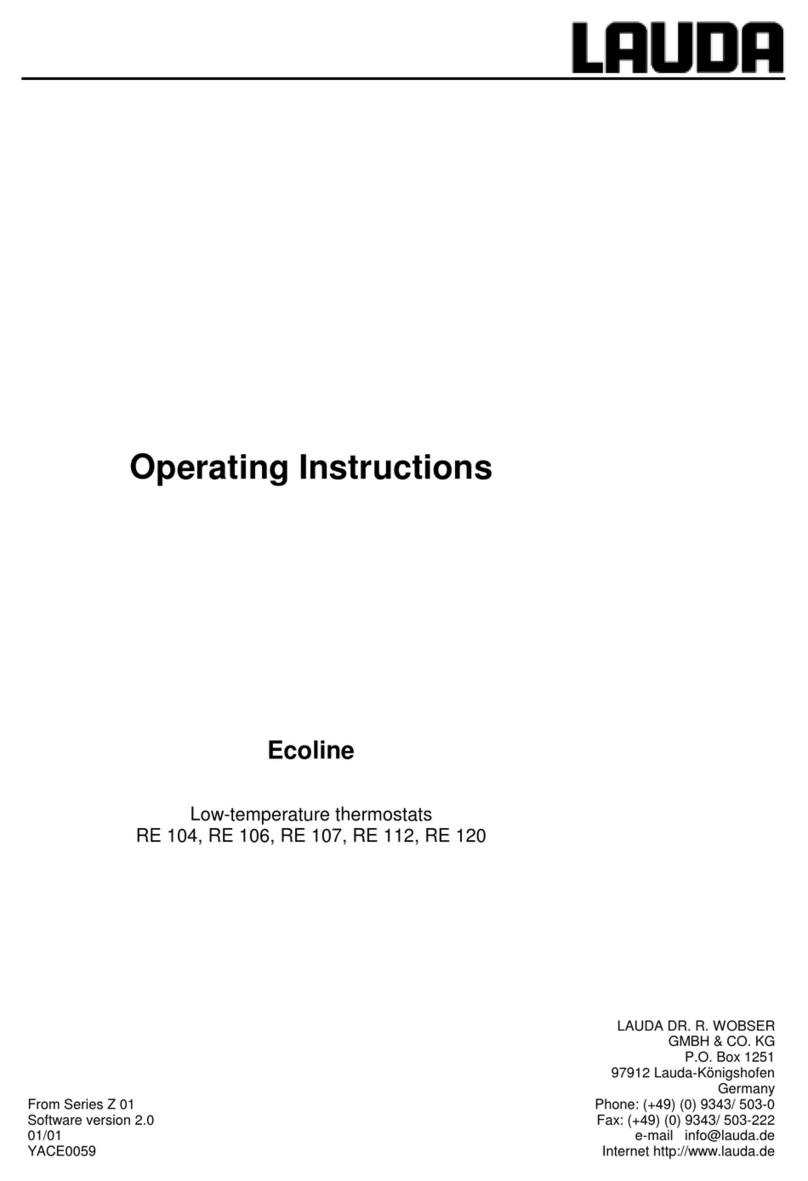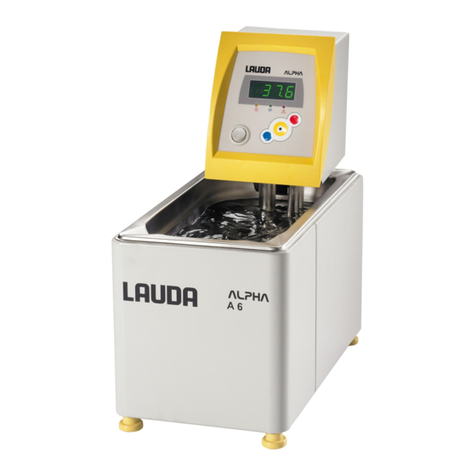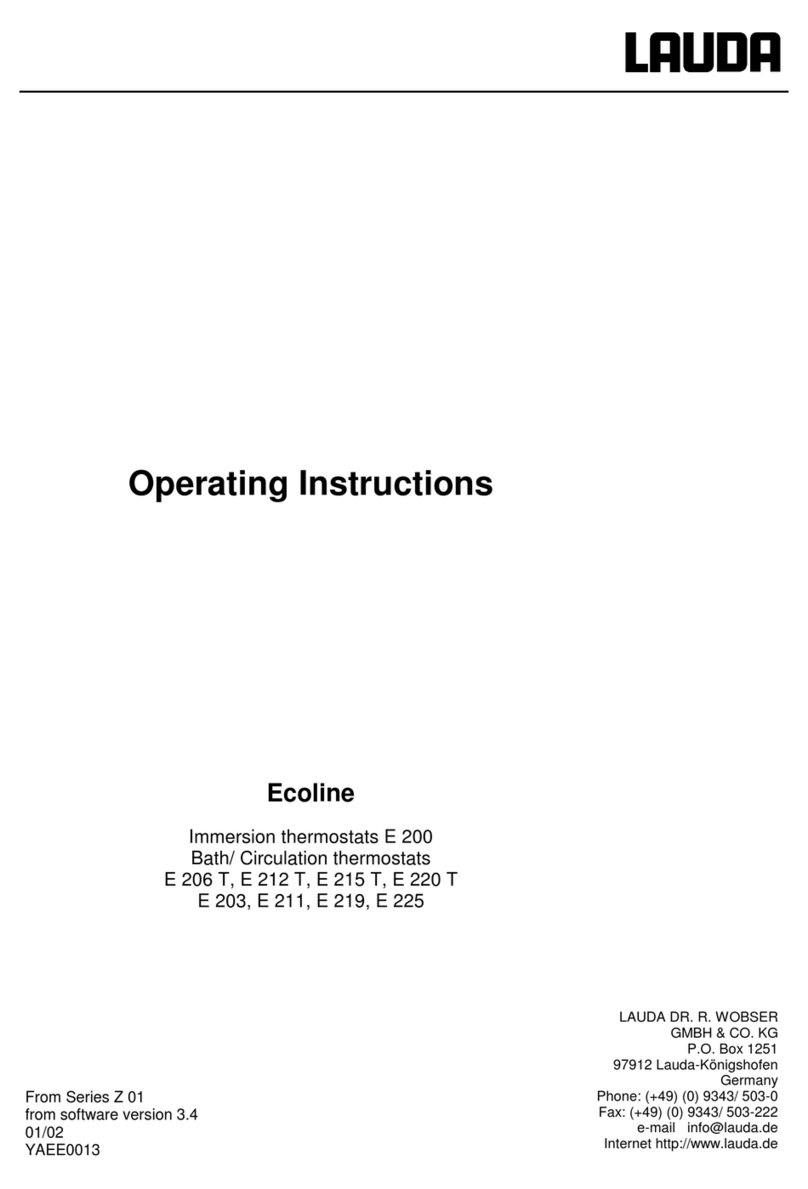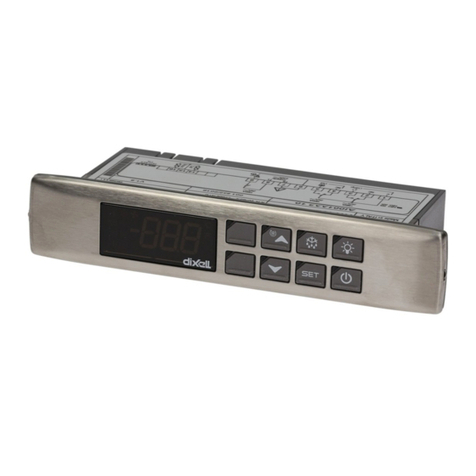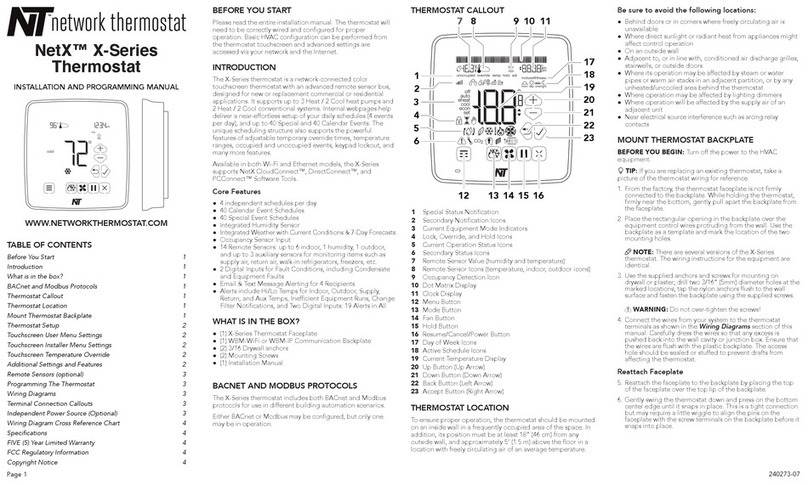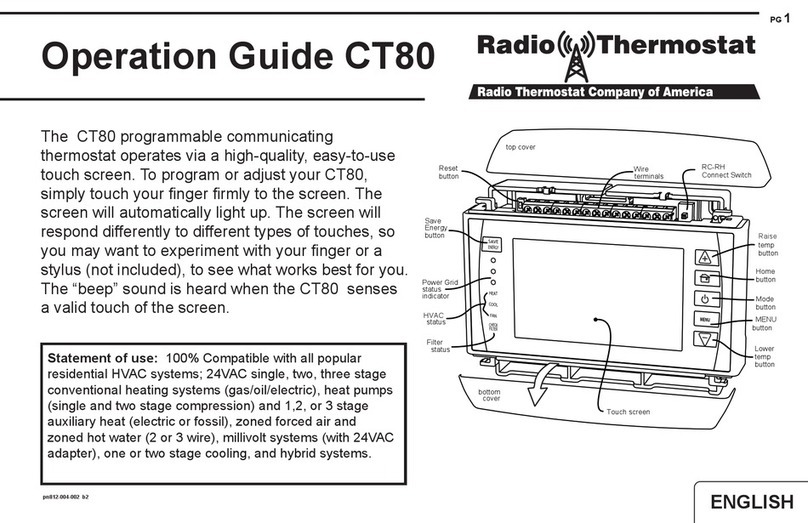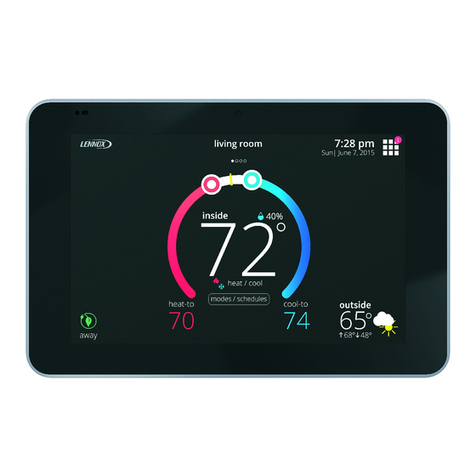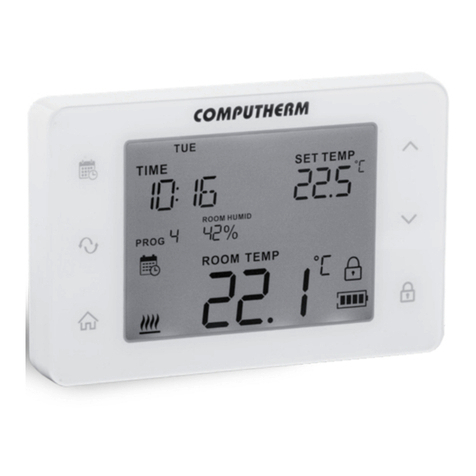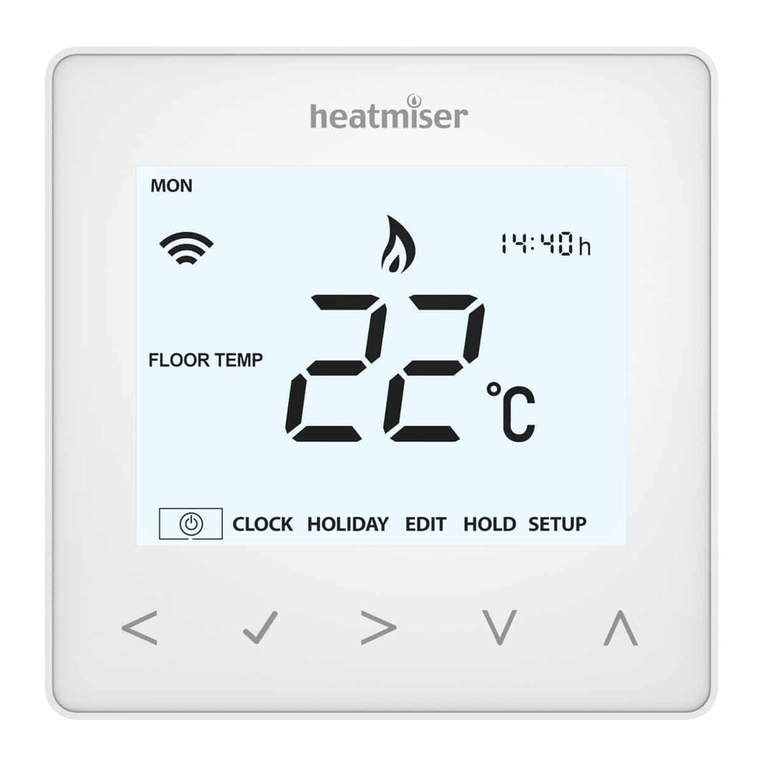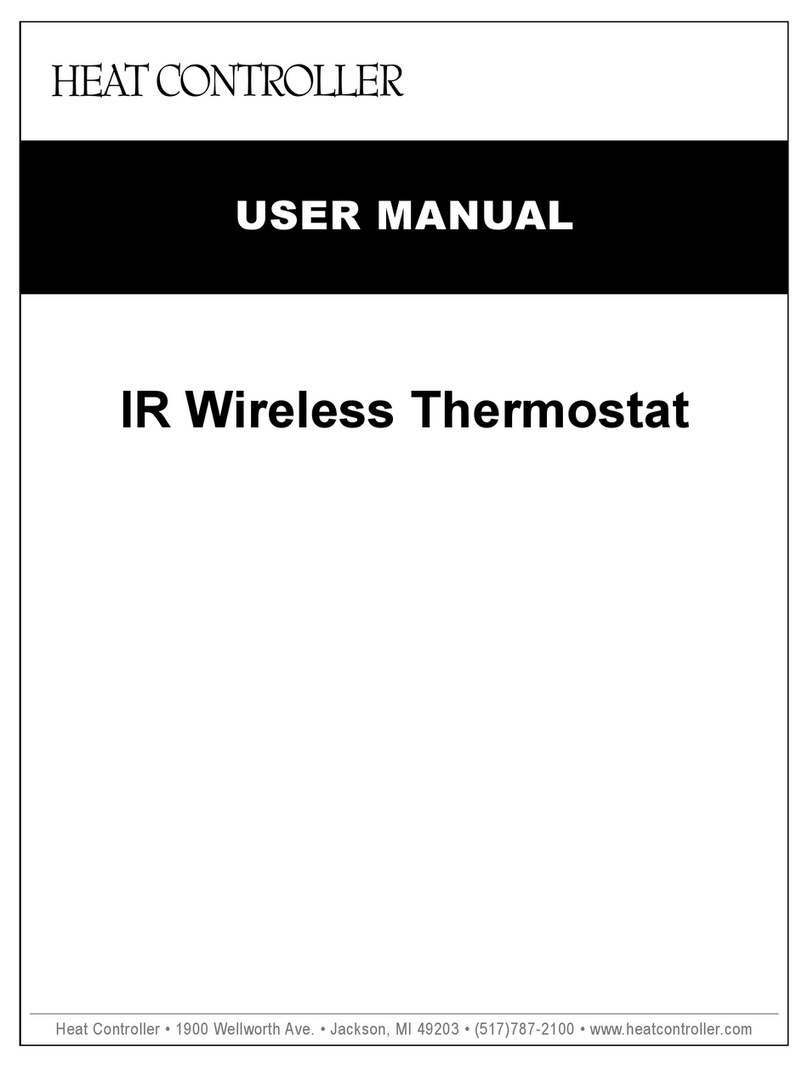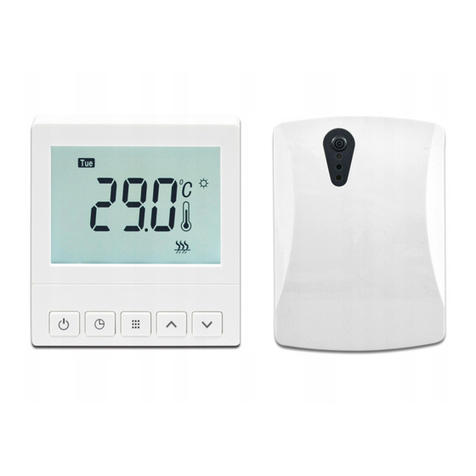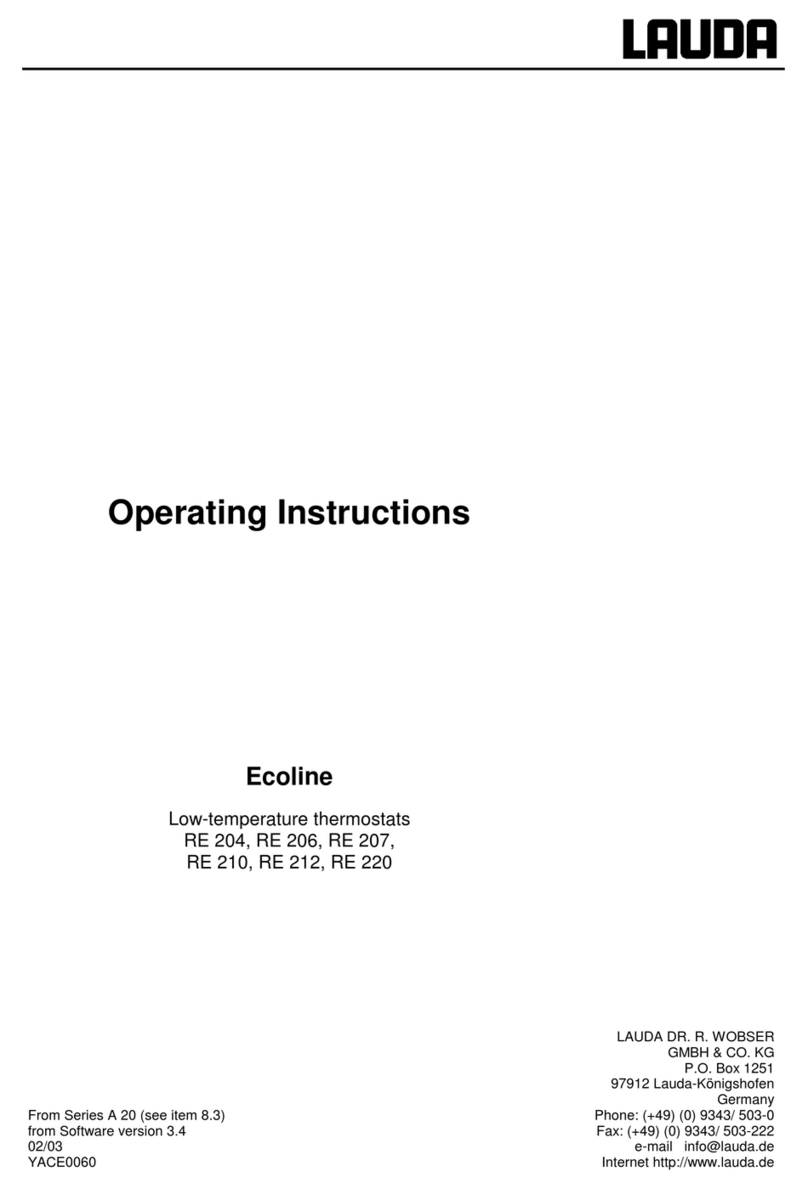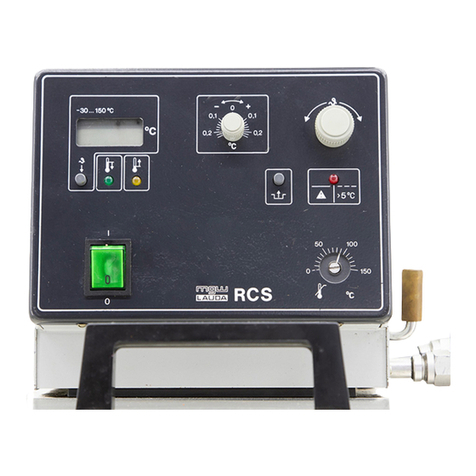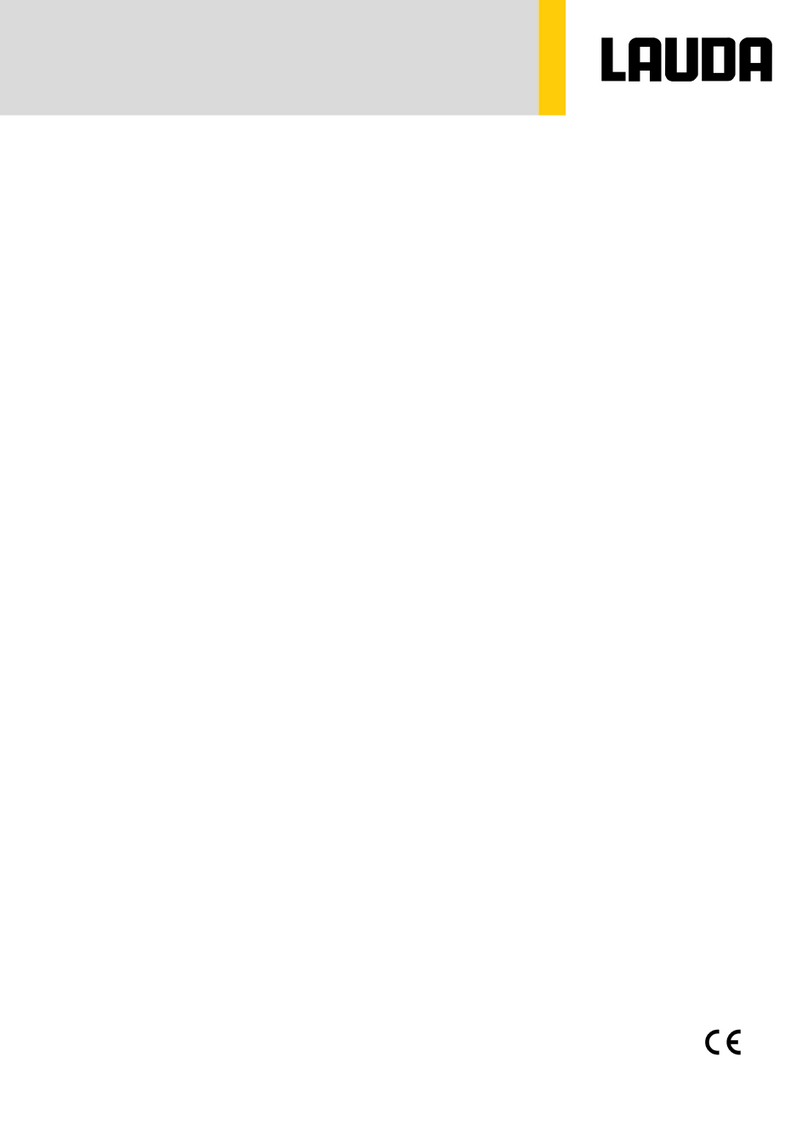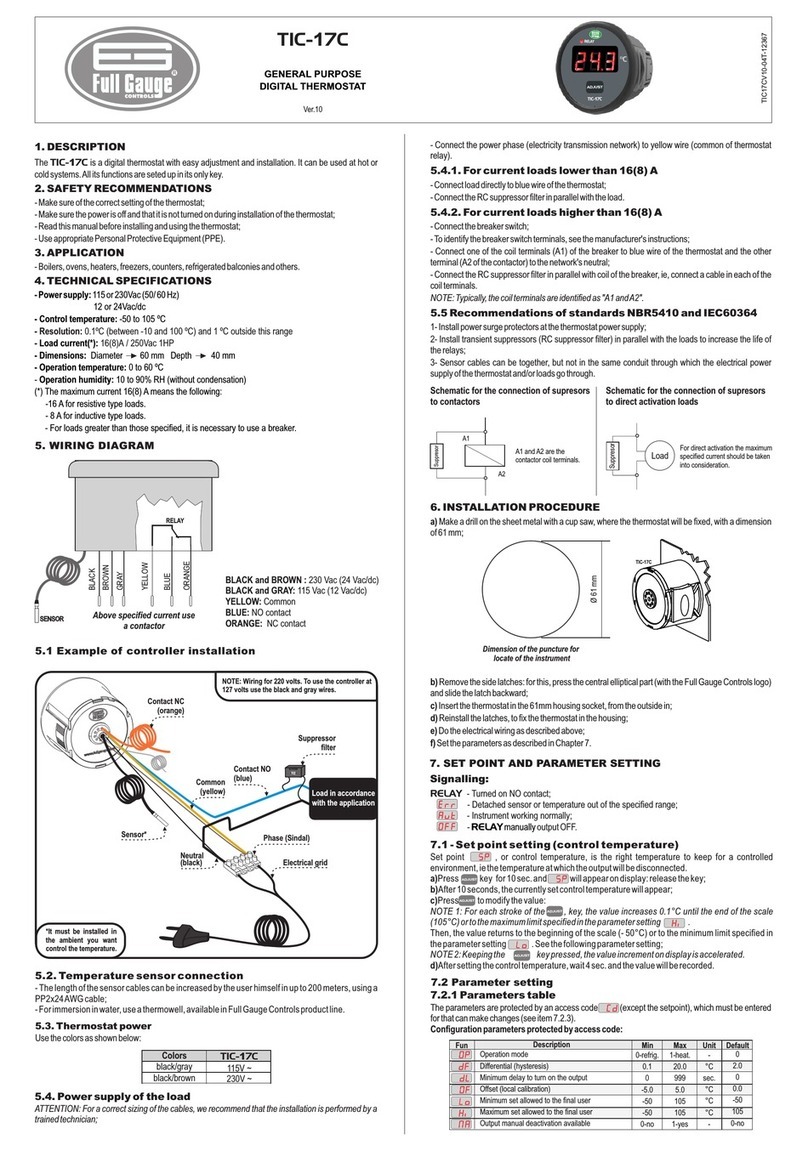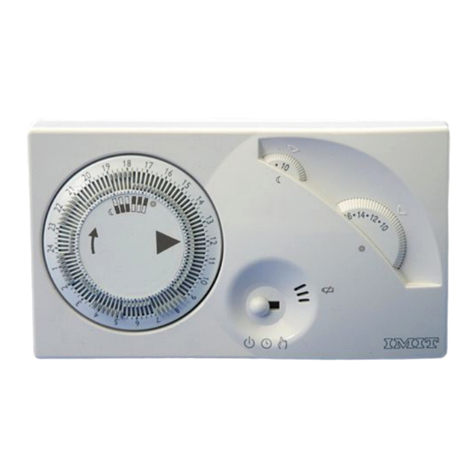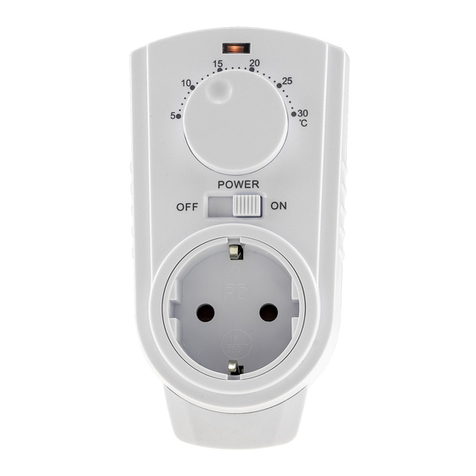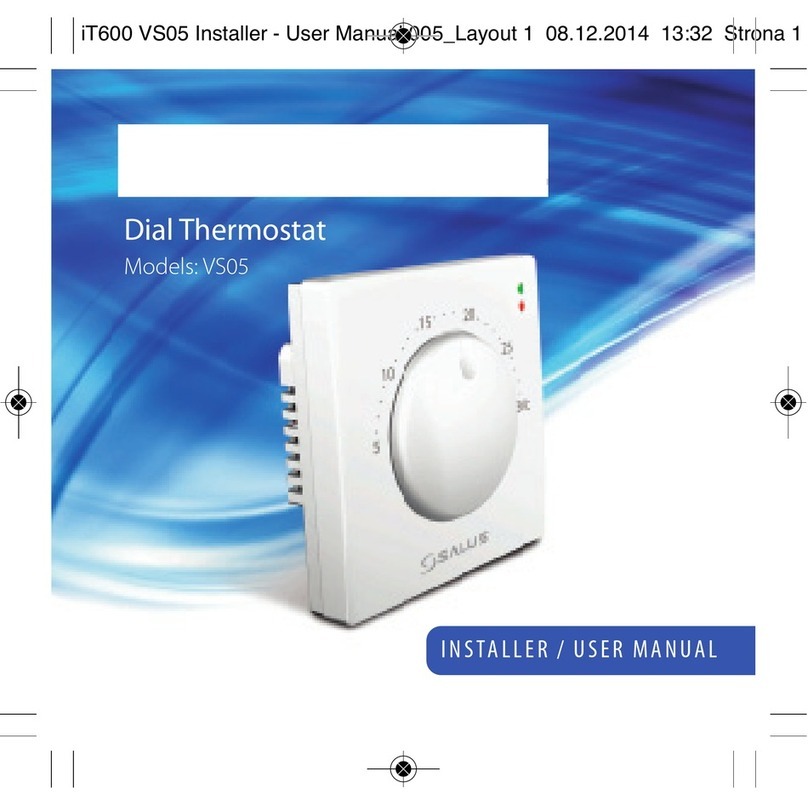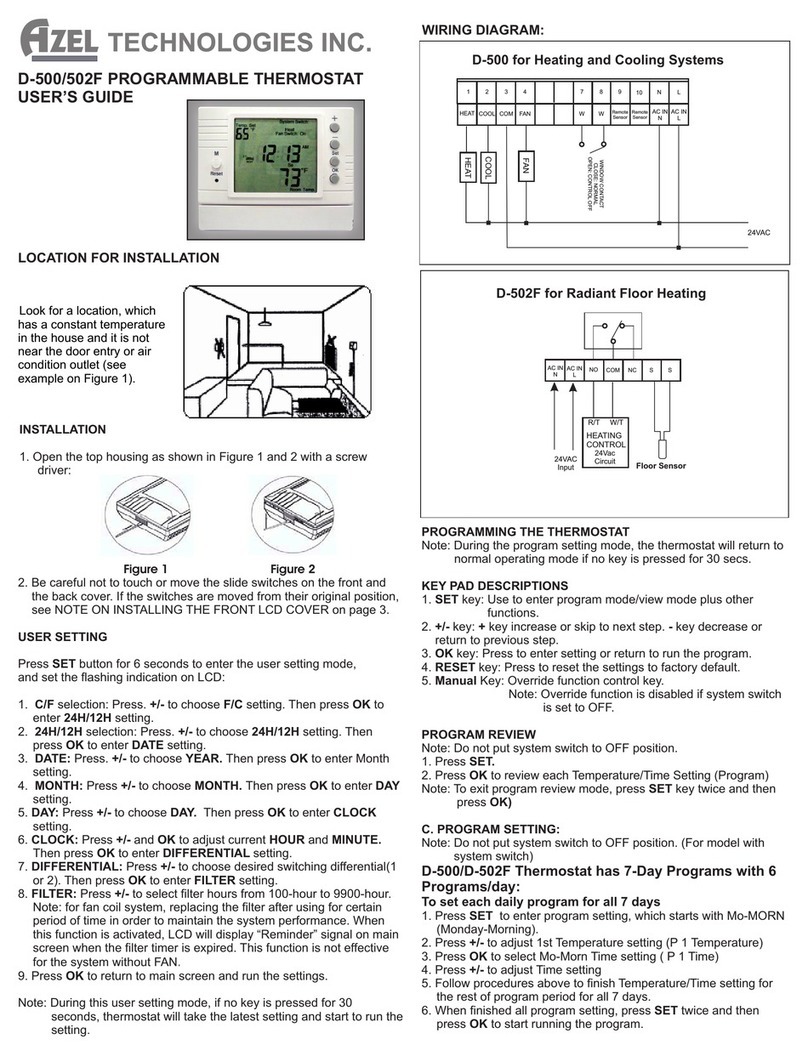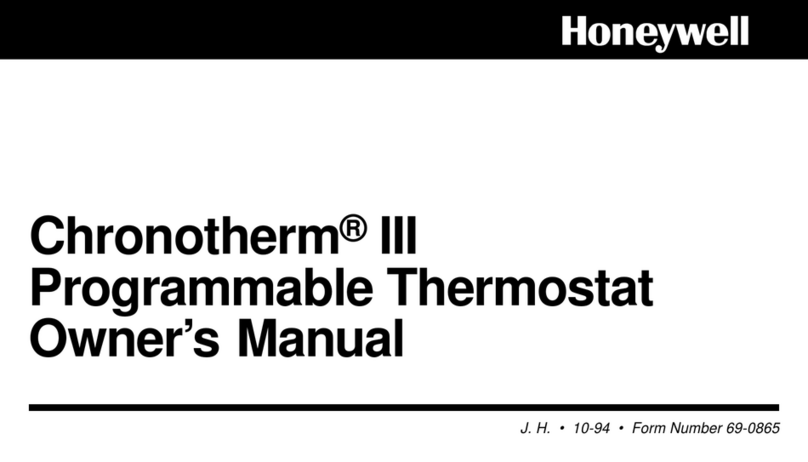
Table of contents
1 Safety...................................................................................................................................................................................... 5
1.1 Safety information......................................................................................................................................................... 5
1.2 Intended use................................................................................................................................................................... 5
1.3 Foreseeable misuse....................................................................................................................................................... 5
1.4 EMC requirements....................................................................................................................................................... 6
1.5 Prohibition of modifications to the device................................................................................................................. 6
1.6 Materials......................................................................................................................................................................... 6
1.7 Heat transfer liquid........................................................................................................................................................ 7
1.8 Application area............................................................................................................................................................. 7
1.9 Personnel qualification.................................................................................................................................................. 7
1.10 Structure of warnings.................................................................................................................................................... 7
2 Unpacking.............................................................................................................................................................................. 9
3 Setup and operating buttons.............................................................................................................................................. 10
3.1 Setup of the device..................................................................................................................................................... 10
3.2 Mains switch................................................................................................................................................................. 13
3.3 Operating buttons....................................................................................................................................................... 14
3.4 Overtemperature cutout and overtemperature...................................................................................................... 14
3.5 RS 232 interface.......................................................................................................................................................... 14
4 Commissioning..................................................................................................................................................................... 15
4.1 Set up and connect the hoses.................................................................................................................................... 15
4.2 LAUDA heat transfer liquid........................................................................................................................................ 16
4.3 Filling with heat transfer liquid and draining.............................................................................................................. 17
4.4 Establishing a mains connection................................................................................................................................ 19
5 Operation............................................................................................................................................................................ 20
5.1 General safety instructions ....................................................................................................................................... 20
5.2 LOOP menu structure................................................................................................................................................ 21
5.3 Set the set temperature Tset....................................................................................................................................... 22
5.4 Lock and release operating buttons.......................................................................................................................... 22
5.5 Set temperature limit values Til and Tih.................................................................................................................... 22
5.6 Edit basic settings........................................................................................................................................................ 23
5.7 Change the calibration of the temperature probe.................................................................................................. 23
5.8 Restore factory setting............................................................................................................................................... 25
5.9 Viewing the device status........................................................................................................................................... 25
5.10 Control......................................................................................................................................................................... 26
5.10.1 Control basics........................................................................................................................................... 26
5.10.2 Overview of control parameters............................................................................................................ 28
5.10.3 Editing control parameters..................................................................................................................... 28
V3 LOOP 3 / 41

